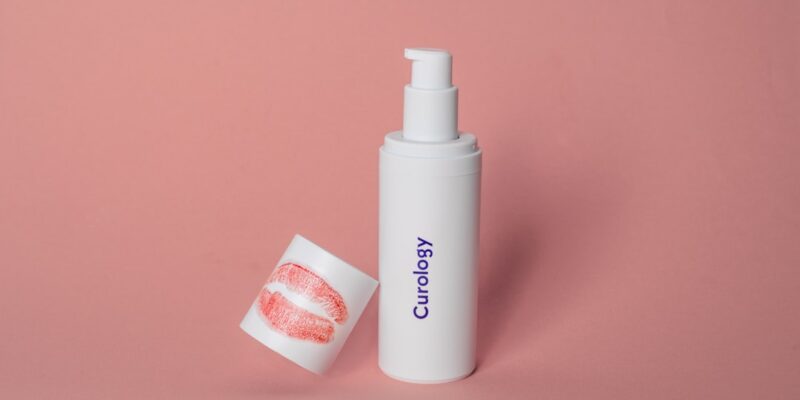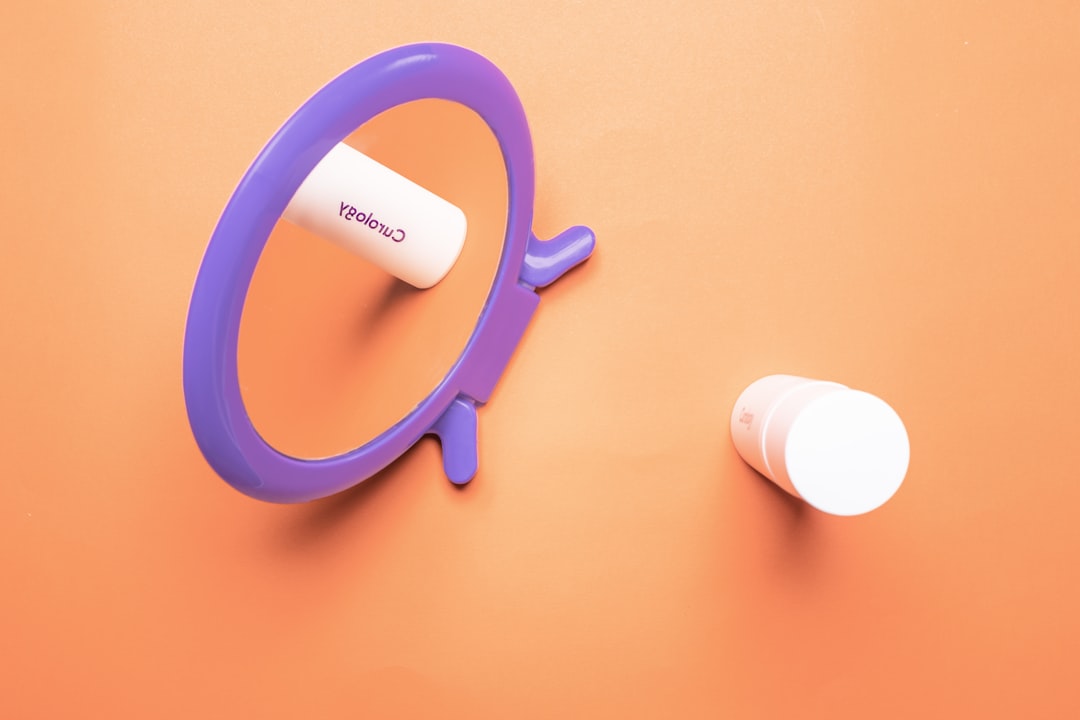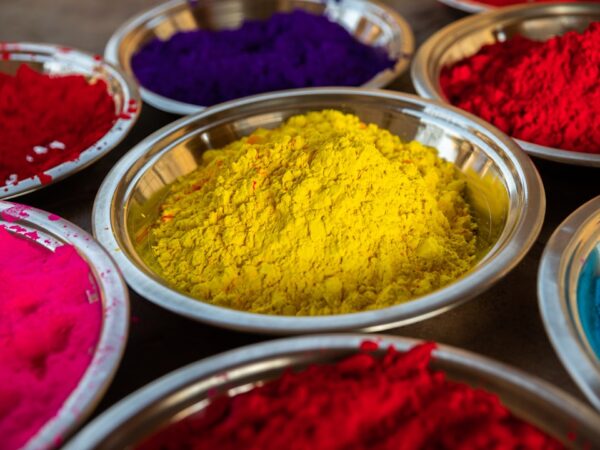
Ultimate Guide to Dry Skin Skincare
Dry skin is a common condition that affects many people worldwide. It occurs when the skin lacks moisture and becomes rough, itchy, and flaky. Dry skin can be caused by a variety of factors, including environmental conditions, genetics, and certain medical conditions. Taking care of dry skin is important not only for aesthetic reasons but also for maintaining overall skin health.
Key Takeaways
- Dry skin can be caused by genetics, environmental factors, and lifestyle choices.
- Moisturizing is crucial for dry skin care as it helps to restore the skin’s natural barrier and prevent further moisture loss.
- When choosing skincare products for dry skin, look for ingredients like hyaluronic acid, ceramides, and glycerin.
- A balanced diet and proper hydration can also improve dry skin.
- Avoid hot showers, harsh soaps, and over-exfoliating when caring for dry skin.
Understanding Dry Skin: Causes, Symptoms, and Types
Dry skin, also known as xerosis, is a condition characterized by a lack of moisture in the outermost layer of the skin. This can occur when the skin’s natural oils are depleted or when the skin’s ability to retain moisture is compromised. Common causes of dry skin include cold weather, low humidity levels, excessive bathing or showering, harsh soaps or cleansers, and certain medical conditions such as eczema or psoriasis.
Symptoms of dry skin can vary from person to person but often include itching, redness, flaking, and a tight or rough feeling to the skin. In severe cases, dry skin can lead to cracks or fissures in the skin, which can be painful and increase the risk of infection.
There are different types of dry skin, including normal dry skin, which is characterized by mild symptoms and occasional flaking; sensitive dry skin, which is prone to irritation and redness; and severely dry skin, which may require more intensive treatment and management.
The Importance of Moisturizing in Dry Skin Care
Moisturizing is crucial for dry skin care as it helps to replenish lost moisture and create a protective barrier on the skin’s surface. There are different types of moisturizers available, including creams, lotions, and ointments. Creams are thicker and provide more hydration than lotions, while ointments are even thicker and provide the most intense hydration.
When choosing a moisturizer for dry skin, it is important to look for ingredients such as hyaluronic acid, glycerin, ceramides, and shea butter, as these help to attract and retain moisture in the skin. Avoid products that contain alcohol or fragrances, as these can further dry out the skin and cause irritation.
To effectively moisturize dry skin, it is recommended to apply moisturizer immediately after bathing or showering, when the skin is still damp. This helps to lock in moisture and prevent evaporation. It is also important to moisturize regularly throughout the day, especially in dry or cold environments.
Choosing the Right Skincare Products for Dry Skin
| Product Name | Key Ingredients | Benefits | Price Range |
|---|---|---|---|
| CeraVe Moisturizing Cream | Ceramides, hyaluronic acid, glycerin | Hydrates and restores skin barrier | 10-20 |
| The Ordinary Natural Moisturizing Factors + HA | Natural moisturizing factors, hyaluronic acid | Provides hydration and improves skin texture | 5-10 |
| La Roche-Posay Lipikar Balm AP+ Intense Repair Moisturizing Cream | Shea butter, niacinamide, glycerin | Relieves dryness and soothes skin | 20-30 |
| Neutrogena Hydro Boost Gel-Cream | Hyaluronic acid, glycerin | Provides intense hydration without clogging pores | 15-25 |
| Aveeno Skin Relief Moisturizing Lotion | Colloidal oatmeal, shea butter, glycerin | Soothes and moisturizes dry, itchy skin | 10-20 |
When choosing skincare products for dry skin, it is important to look for ingredients that help to hydrate and nourish the skin. Some key ingredients to look for include hyaluronic acid, which helps to attract and retain moisture; ceramides, which help to strengthen the skin’s barrier function; and niacinamide, which helps to improve the skin’s elasticity and texture.
On the other hand, it is important to avoid skincare products that contain alcohol, fragrances, or harsh chemicals, as these can further dry out the skin and cause irritation. Instead, opt for gentle cleansers that are free from sulfates and artificial fragrances.
Different types of skincare products that are beneficial for dry skin include gentle cleansers, hydrating toners, moisturizers, and facial oils. Cleansers should be mild and non-stripping, while toners should be alcohol-free and hydrating. Moisturizers should be rich in emollients and humectants, while facial oils can provide an extra boost of hydration.
The Role of Diet and Hydration in Dry Skin Care
In addition to external skincare products, a healthy diet and proper hydration play a crucial role in maintaining healthy skin. Eating a balanced diet that includes foods rich in essential fatty acids, such as salmon, avocados, and nuts, can help to nourish the skin from within and improve its overall hydration.
On the other hand, certain foods can exacerbate dry skin and should be avoided. These include processed foods, sugary snacks, and excessive caffeine or alcohol. These foods can dehydrate the body and contribute to dry skin.
Staying hydrated is also important for dry skin care. Drinking an adequate amount of water throughout the day helps to keep the skin hydrated from within. It is recommended to drink at least eight glasses of water per day, or more if you are physically active or live in a dry climate.
Essential Ingredients for Dry Skin: What to Look for in Skincare Products
There are several essential ingredients that are beneficial for dry skin. These include hyaluronic acid, which helps to attract and retain moisture in the skin; ceramides, which help to strengthen the skin’s barrier function; and shea butter, which provides intense hydration and nourishment.
Hyaluronic acid is a powerful humectant that can hold up to 1000 times its weight in water. It helps to draw moisture into the skin and keep it hydrated throughout the day. Ceramides are lipids that help to strengthen the skin’s barrier function, preventing moisture loss and protecting the skin from external irritants. Shea butter is a rich emollient that provides intense hydration and nourishment to dry skin.
There are several skincare products that contain these essential ingredients. These include moisturizers, serums, and masks. Moisturizers should be applied twice daily to hydrate the skin and create a protective barrier. Serums can be used before moisturizer to provide an extra boost of hydration and target specific concerns. Masks can be used once or twice a week to provide intense hydration and nourishment.
The Dos and Don’ts of Dry Skin Care: Tips and Tricks for Optimal Results
When it comes to dry skin care, there are several dos and don’ts to keep in mind. Some dos include:
– Do moisturize regularly: Apply moisturizer at least twice daily, especially after bathing or showering.
– Do use gentle cleansers: Use mild, non-stripping cleansers that do not contain sulfates or artificial fragrances.
– Do protect your skin from the sun: Use a broad-spectrum sunscreen with at least SPF 30 to protect your skin from harmful UV rays.
– Do exfoliate gently: Exfoliate once or twice a week using a gentle scrub or chemical exfoliant to remove dead skin cells and promote cell turnover.
Some don’ts include:
– Don’t over-exfoliate: Excessive exfoliation can strip the skin of its natural oils and cause further dryness and irritation.
– Don’t use hot water: Hot water can strip the skin of its natural oils and cause dryness. Instead, use lukewarm water for bathing or showering.
– Don’t use harsh soaps or cleansers: Harsh soaps or cleansers can further dry out the skin and cause irritation. Opt for gentle, non-stripping cleansers instead.
– Don’t forget to drink water: Staying hydrated is important for maintaining healthy skin. Drink at least eight glasses of water per day.
Daily Skincare Routine for Dry Skin: Step-by-Step Guide
A daily skincare routine is essential for maintaining healthy, hydrated skin. Here is a step-by-step guide for a daily skincare routine for dry skin:
1. Cleanse: Start by cleansing your face with a gentle, non-stripping cleanser. Massage the cleanser onto damp skin in circular motions, then rinse thoroughly with lukewarm water.
2. Tone: After cleansing, apply a hydrating toner to your face and neck using a cotton pad or your fingertips. Gently pat the toner into your skin until fully absorbed.
3. Serum: Next, apply a hydrating serum to your face and neck. Serums are lightweight and penetrate deep into the skin to deliver active ingredients. Massage the serum onto your skin in upward motions until fully absorbed.
4. Moisturize: After applying serum, follow up with a moisturizer that is suitable for dry skin. Choose a moisturizer that is rich in emollients and humectants to provide intense hydration. Massage the moisturizer onto your face and neck in upward motions until fully absorbed.
5. Protect: Finish off your skincare routine by applying a broad-spectrum sunscreen with at least SPF 30 to protect your skin from harmful UV rays. Apply sunscreen generously to all exposed areas of the skin, including the face, neck, and hands.
Seasonal Changes and Dry Skin: How to Adjust Your Skincare Routine
Seasonal changes can have a significant impact on dry skin. During the winter months, cold temperatures and low humidity levels can cause the skin to become even drier. On the other hand, during the summer months, excessive heat and sun exposure can lead to dehydration and increased oil production.
To adjust your skincare routine for different seasons, consider the following tips:
– Winter: During the winter months, switch to a richer moisturizer that provides more intense hydration. Consider using facial oils or balms to provide an extra layer of protection against harsh weather conditions. Use a humidifier indoors to add moisture to the air.
– Summer: During the summer months, opt for lighter moisturizers that are oil-free or gel-based. Look for products that contain antioxidants to protect the skin from free radicals caused by sun exposure. Use a broad-spectrum sunscreen with at least SPF 30 and reapply every two hours when outdoors.
Treating Common Dry Skin Concerns: Eczema, Psoriasis, and More
Dry skin can sometimes be accompanied by other skin conditions, such as eczema or psoriasis. Eczema is a chronic inflammatory condition characterized by dry, itchy, and inflamed skin. Psoriasis is an autoimmune condition that causes the rapid buildup of skin cells, leading to thick, red patches of skin.
To treat these common dry skin concerns, consider the following tips:
– Eczema: Use gentle cleansers and moisturizers that are specifically formulated for sensitive skin. Avoid triggers such as harsh soaps, fragrances, and certain fabrics. Apply topical corticosteroids or other prescribed medications as directed by your dermatologist.
– Psoriasis: Use moisturizers that contain salicylic acid or urea to help remove scales and promote cell turnover. Avoid triggers such as stress, alcohol, and certain medications. Apply topical corticosteroids or other prescribed medications as directed by your dermatologist.
Professional Treatments for Dry Skin: When to Seek a Dermatologist’s Help
In some cases, over-the-counter skincare products may not be enough to effectively manage dry skin. If you are experiencing severe symptoms or if your dry skin is not improving with at-home treatments, it may be time to seek a dermatologist’s help.
A dermatologist can assess your skin condition and recommend appropriate professional treatments. These may include prescription-strength moisturizers or topical medications, such as corticosteroids or retinoids. In some cases, phototherapy or laser treatments may be recommended to target specific concerns.
Seeking professional help for dry skin can provide more targeted and effective treatment options. A dermatologist can also help to identify any underlying medical conditions that may be contributing to your dry skin.
Taking care of dry skin is important for maintaining overall skin health and preventing discomfort and irritation. By understanding the causes, symptoms, and types of dry skin, as well as the importance of moisturizing and choosing the right skincare products, you can effectively manage and improve your dry skin condition.
Remember to incorporate a healthy diet and proper hydration into your skincare routine, as these play a crucial role in maintaining healthy skin. Additionally, be mindful of seasonal changes and adjust your skincare routine accordingly. If your dry skin concerns persist or worsen, don’t hesitate to seek a dermatologist’s help for professional treatment options.
By following the tips and tricks mentioned in this article, you can achieve optimal results and enjoy healthy, hydrated skin.
FAQs
What is dry skin?
Dry skin is a skin type that lacks moisture and natural oils, making it feel tight, rough, and flaky.
What causes dry skin?
Dry skin can be caused by a variety of factors, including genetics, aging, harsh soaps and detergents, hot showers, low humidity, and certain medical conditions.
How can I prevent dry skin?
To prevent dry skin, you should avoid hot showers, use gentle cleansers and moisturizers, drink plenty of water, and protect your skin from harsh weather conditions.
What are the best ingredients for dry skin?
The best ingredients for dry skin include hyaluronic acid, glycerin, ceramides, shea butter, and jojoba oil.
What should I avoid if I have dry skin?
If you have dry skin, you should avoid using harsh soaps and detergents, taking hot showers, and exposing your skin to extreme weather conditions.
How often should I moisturize if I have dry skin?
If you have dry skin, you should moisturize at least twice a day, once in the morning and once at night, to keep your skin hydrated and healthy.
What are some natural remedies for dry skin?
Some natural remedies for dry skin include using coconut oil, honey, aloe vera, and oatmeal to soothe and moisturize the skin.


















